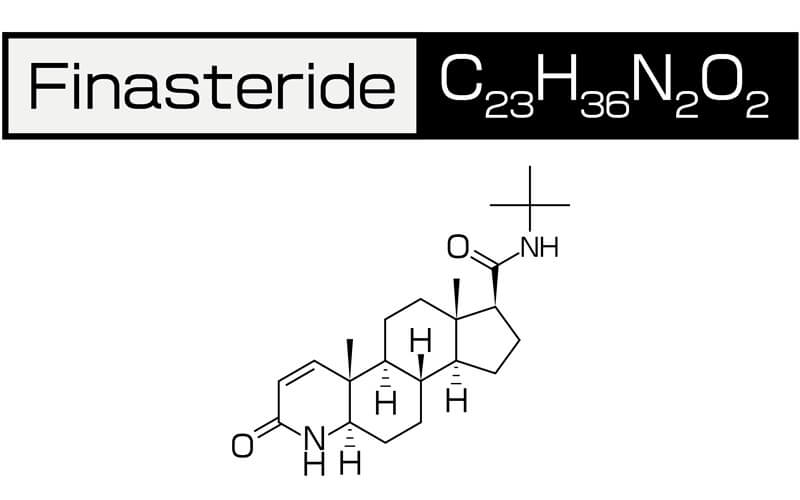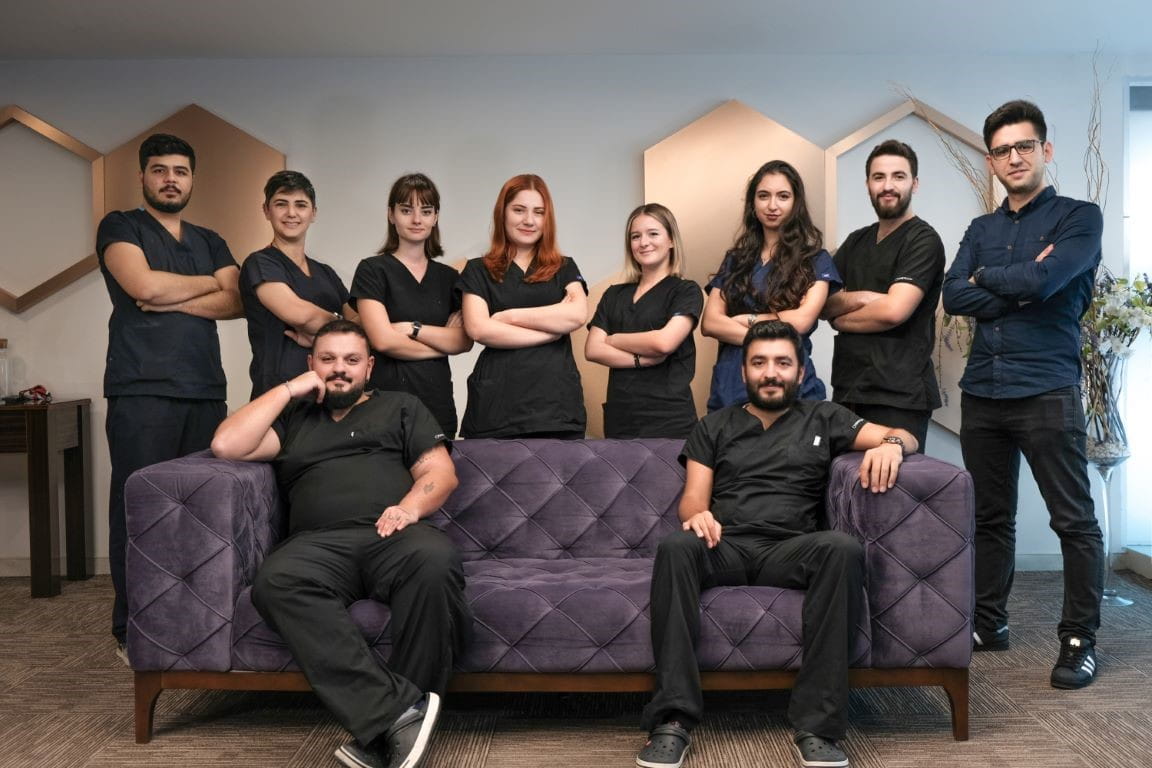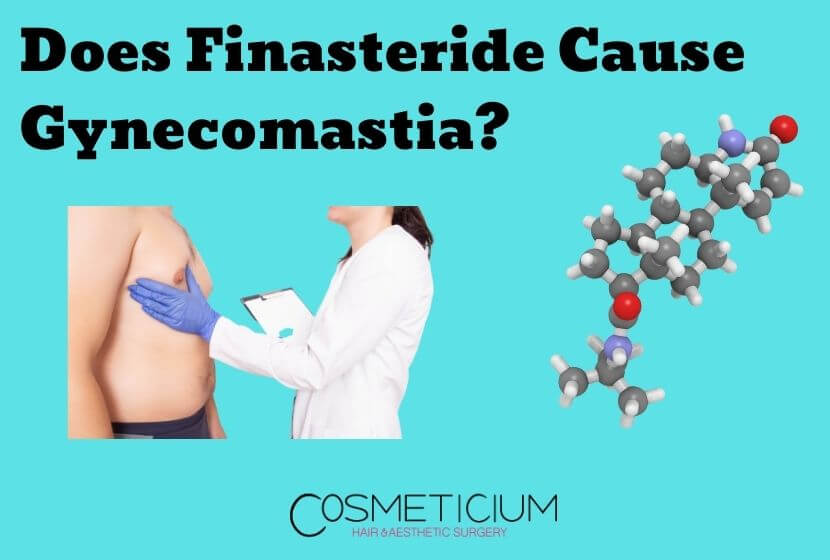Gynecomastia means that breast tissue in men grows abnormally. It is a common problem in men. When it occurs in infancy and adolescence, it usually resolves on its own. However, it may be permanent in some people.
There are different causes of this discomfort. The drug called finasteride, which is used in the treatment of hair loss, maybe one of them. As it is known, finasteride aims to stop hair loss by affecting hormone levels.
This feature of it can cause finasteride-induced gynecomastia.
What causes finasteride-induced gynecomastia, how it is prevented and more are in our article with all the details.
Table of Contents
Why Does Finasteride Cause Gynecomastia?
There are many causes of gynecomastia. All of these causes include abnormal changes in hormone levels. Increased estrogen levels, decreased testosterone production are the main causes of the problem.
Some of the drugs used for different diseases have an effect on the testosterone-estrogen balance. 10-25% of gynecomastia patients experience this problem due to drug use.

Finasteride is a drug that affects hormone levels. However, it is not certain that the drug in question causes gynecomastia.
There are also no scientific studies that show that it triggers an increase in estrogen levels. However, there are reports of some cases of developing gynecomastia after using the relevant drug.
Read Also: What Are The Main Causes Of Gynecomastia?
Can Finasteride-Induced Gynecomastia Be Prevented?
When finasteride-induced gynecomastia is noticed, the use of the drug should be completely stopped. Because early intervention can solve and prevent the problem.
But getting the desired result is closely related to when the problem was noticed and the general condition of the person.
Finasteride-induced Gynecomastia
Finasteride is an FDA-approved drug used for the treatment of male pattern baldness at a dose of 1 mg per day. Among its side effects is also shown to cause gynecomastia. It is stated that the risk is between 4-10 people out of every 1000 people.
Gynecomastia caused by this drug is largely one-sided. But it is also known that there are bilateral cases. Only 2 weeks after the start of use of the drug, discomfort may manifest itself.
Pain may also occur with discomfort. There are also cases in which there is no pain. With the increase in the dose of use, the risks also increase. The risk of those who use 5 mg is much higher than those who use 1 mg.
When gynecomastia is noticed, the use of the drug should be completely abandoned. Thus, breast growth can be reversed and the problem can pass by itself. However, in some cases, the problem may not go away. In addition, if the drug is not discontinued, gynecomastia will be permanent.
How Is This Condition Treated?
Treatment of gynecomastia differs depending on the cause. A very large proportion of cases of abnormal breast growth that occur in adolescence go away on their own.
Thus, it is not necessary to apply any treatment. In only 20% of those who experience this problem during adolescence, this problem continues into adulthood.
For cases that persist into adulthood, drugs of the type of aromatase inhibitors can be used. But drugs will not give the desired result in every case. Surgical method is generally preferred for definite and permanent results.
Things to Know About Finasteride-Induced Gynecomastia
Finasteride, which is used to treat male pattern baldness, is an FDA-approved drug in a dose of 1 mg. There is a risk of gynecomastia due to the use of this drug. The risk ranges from 0.4% to 1%.
There are important details to know about finasteride-induced gynecomastia. The details in question are as follows:
· Where Gynecomastia Affects
It is widely one-sided. But it can also be seen both ways. This is true at a dose of 1 mg, compared to a dose of 5 mg.
· The Emergence Process of Gynecomastia
Only 2 weeks after the use of the drug, gynecomastia can begin. But it usually starts within 2-4 months. The start time differs depending on the structure of the person.
· Finasteride-Related Gynecomastia Symptoms
At the beginning of the symptoms of finasteride-induced gynecomastia is pain and tenderness in the breast area. Relevant symptoms may appear before the breasts begin to expand.
· Finasteride Dosage Used
The risk at low doses is less compared to high doses. But it should be remembered that there is a possibility of its occurrence also at any dose.
· Reversing Gynecomastia
The situation can be reversed by completely abandoning the use of the drug. But this method may not work for everyone. In other words, there are people who continue to have discomfort despite stopping the drug. When the drug is not stopped, gynecomastia becomes permanent.
· Age and Obesity Factor
Age and obesity are important risk factors. With age and obesity, the risk of experiencing the problem increases.
· Blood Test Level
The blood tests of most of the men with the problem are normal. Only some men may have blood tests appropriate depending on their background.
Is It Possible to Treat?
Abnormal breast growth, which occurs in infancy and adolescence, often goes away on its own. Adolescent gynecomastia is a breast growth that occurs as a result of proliferation of ductal structures. Only 20% of these cases persist into adulthood.
Drugs such as aromatase inhibitors may be preferred for treatment. But these often do not give effective results. The most effective method is surgical procedures in which the excess tissue is removed.
Bonus: Other Drugs That Cause Gynecomastia
Finasteride-induced gynecomastia occurs in 4 to 10 people out of every 1,000 people. But there are also different medications that cause this ailment. The details of those drugs are as follows:
· Anti-Androgens (Finasteride Dutasteride)
Anti-androgens used to treat male pattern baldness can cause gynecomastia.
· Anti- Androgens (Spironolakton)
They are used for hair loss in women. It is not a drug typically used in men.
· Ketokonazol (Anti-Fungal)
Compared to topical products, oral ketoconazole is the antifungal agent that has the highest risk. It is known that it is not preferred especially in North America due to its risks.
· Heartburn Medications (H2-receptor blockers)
Medications used to treat heart burns and ulcers, especially cimetidine, can have serious risks.
· Tea Tree Oil and Lavender Oils
They are oils that are generally used in shampoos and lotions. It has been stated that these essential oils increase the risk of gynecomastia.
· Other Drugs
The drugs that have the risk are divided into two classes, those that are definitely related and those that are probably related, according to a 2012 study.
GnRH analogues, anti-androgens, 5-alpha reductase inhibitors are precisely related ones. But the risk levels are different.
HIV drugs, nifedipine, omeprazole, risperidone, verapamil, opioids and alcohol are in the second group.
Read Also: Steps of Gynecomastia Procedure and Frequently Asked Questions
Schedule a Consultation
If you are also suffering from finasteride-induced gynecomastia, you should first examine a surgeon who is experienced in the field. Depending on your situation, drug treatment or surgical procedure will be applied.
It should not be forgotten that the doctor’s experience is very important at this point for the success of the procedure and the smooth passage of this process.

COSMETICIUM is a clinic that produces special solutions for you with its experienced surgeons. In order for you to get rid of gynecomastia permanently and to overcome the healing process in a short time, our doctors show the necessary care and sensitivity.
You can contact us now for more information on the subject and for a free online consultation.
Fill In The Form Below To Get Answers To All Your Questions About Gynecomastia From Our Doctors Within Hours. (FREE)




